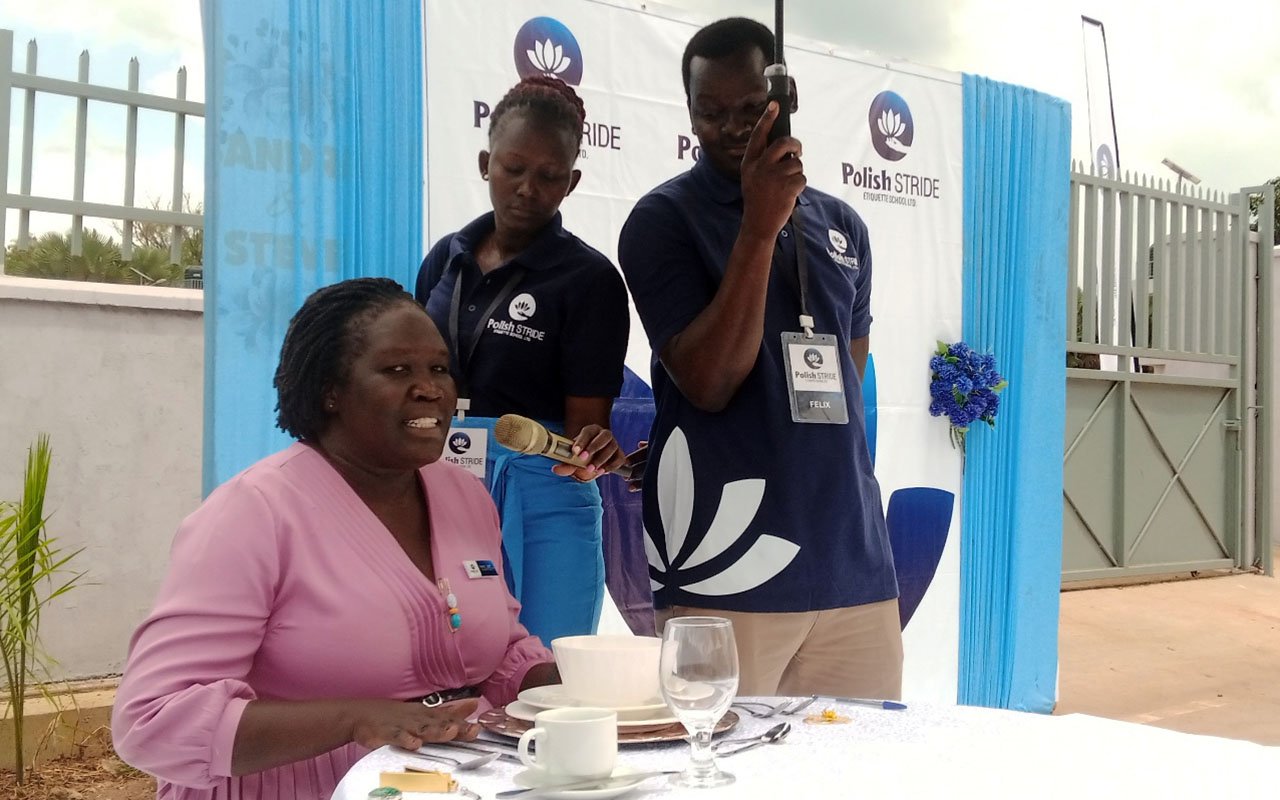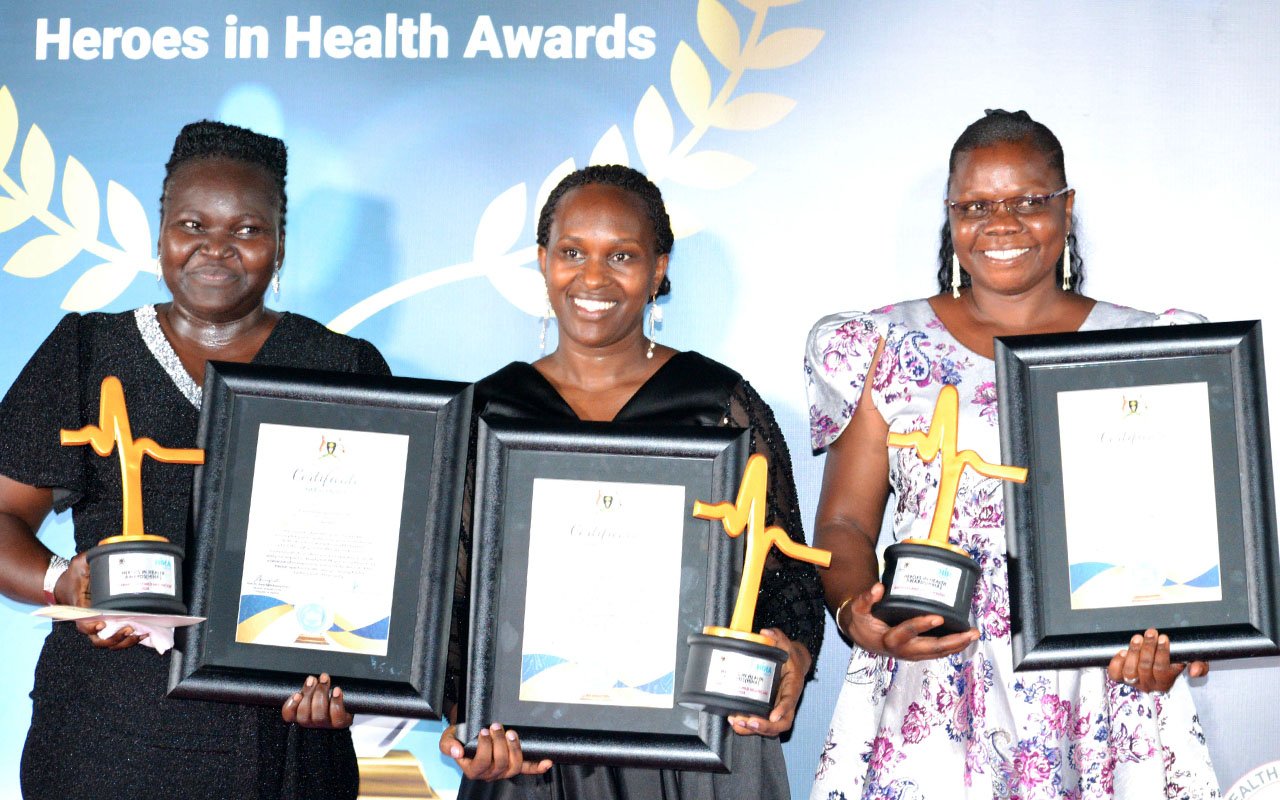Prime
Defects delay Karuma, Isimba hydropower dams

An aerial view of Isimba Dam. Works on the 183 MW Isimba dam started in 2013 and were expected to be complete in 2018 but the dam was commissioned by President Museveni in 2019. PHOTO/FILE
What you need to know:
Both projects have not been delivered within the planned timeframe and are running three years late, even worse, with likely risk of more delays, yet government has started repaying the loan from Exim Bank.
The slow pace of work and poor workmanship at both Karuma and Isimba hydropower dams is to delay by one more year the final completion of the power supply utilities in northern and eastern Uganda.
Construction of the 600MW Karuma power facility commenced in December 2013 and was expected to be completed by the end of 2019, but will now be commissioned in 2022, three years late.
Similarly, works on the 183 MW Isimba dam started in 2013 and were expected to be complete in 2018 but the dam was commissioned by President Museveni in 2019.
During a June visit to the two hydropower projects, the management and board of Uganda Electricity Generation Company Ltd (UEGCL) were not impressed by the work done by the Chinese contractors.
While at Karuma, located between Kiryandongo, Nwoya and Apac districts, Mr Harrison Mutikanga, the UEGCL chief executive officer, couldn’t hide his disappointment over not just the slow pace of works but the quality too.
“You have to put pressure on them [contractors],” Mutikanga said.
At Isimba, situated between Kamuli and Kayunga districts, Mr Mukitanga criticized the lack of quality controls on the works so far done.
“Some of the work done has to be redone. We have been repeating this to the contractor time and again. Even the paint has vanished. It has to be repainted. But every time you tell them [contractors] they ask for more money,” he said.
Isimba (183 MW), which is being constructed by China International Water and Electric Corporation and Karuma (600 MW) by Sinohydro Corporation Ltd, are key cogs in Mr Museveni’s drive to step up Uganda’s power generation capacity to 1,868 MW, which he says will drive factories and trigger more investments.
Despite the expectations, the two projects have turned into headaches for the government.
From the onset, questions were raised over how the contracts were handed to the Chinese firms without following the PPDA Act. But the Chinese government had made it clear it would only sanction the loans, totaling about Shs6 trillion through Exim Bank, when Kampala ensures the contracts are given to Chinese companies without going through the hustle of bidding.
In 2020, it was revealed in Parliament how Mr Museveni had flexed muscle and directly intervened on behalf of the Chinese.
Through a July 2013 letter to the minister of Energy and Mineral Development, the minister of Finance, and the Attorney General over the construction of three dams; Isimba, Karuma, and Ayago, the President complained how he had noticed major delays in the procurement of the contractors – something he said he wouldn’t stomach.
Mr Museveni went ahead to provide an alternative, saying “our friends from China are ready to help us build these hydropower plants.”
He said in a meeting he held at State House Entebbe with the Chinese ambassador, it was agreed that the 600 MW Karuma dam would be constructed by Sinohydro Corporation Ltd, Isimba by China International Water and Electric Corporation, and Ayago by China Gezhouba Group Company.
Consequently, the Energy and Mineral Development Minister in General Notice No.572 of 2014, published on September 12, 2014, in The Uganda Gazette, the official government publication, confirmed the award of the construction contracts to the three Chinese firms.
The government defended this rather risky approach, saying it had put in place a satisfactory observation mechanism. It also said it had banked on UEGCL, which was being advised by “reputable” project management consultants such as SMEC International Ltd at Isimba and AF Consulting Switzerland Ltd at Karuma.
But both projects have not been delivered within the planned timeframe. Karuma, which was expected to be launched at the end of 2019, has postponed its launch date twice.
UEGCL says it will happen next year in June. The delays to handover of Karuma have been attributed to the shoddy work by Sinohydro Corporation Ltd.
This newspaper reached out to both Sinohydro and China International Water and Electric Corporation but they didn’t respond.
The UEGCL head of communications and corporate affairs, Mr Enock Kusasira, said: ‘‘It’s us [UEGCL] that communicate for this project because we supervise it and we have been giving you updates from time to time even when things aren’t going on well.”
Evaluation of the works has revealed discrepancies in electromechanical installations, including electric cables, wiring system in the tunnels and the fire extinguishing system.
While touring the dam at the end of June, Mr Mutikanga wondered why Sinohydro had installed sub-standard switches in the plant, yet they could have found good ones downtown in Kampala.
“These were very minor issues, but you have to put these guys under pressure all the time to see that they deliver quality work,” Mr Mukitanga said.
On the other hand, Isimba, which is smaller, was commissioned by President Museveni in 2019 and its power is now part on the national grid, is also still dogged by problems.
UEGCL said since the Isimba dam is still riddled with defects, it had been decided to extend by another year the Defects Liability Period (DLP), with the contractor, China International Water and Electric Corporation.
ADLP is a fixed period of time, starting from the date of practical completion, during which the contractor has an express contractual right to return to the site to rectify defects without being given more money.
Upon the dam’s commissioning, China International Water and Electric Corporation, which is owned by the Chinese government, was given two years within which to fix the defects on the dam, which included leaking powerhouse roof, installation of a floating boom, firefighting system automation, completion of operation and maintenance manuals, leakages on walls, among others. All these have not yet been fixed.
These defects were captured in the Auditor General’s reports of 2020 and put the completed works at 33 per cent and pointed out 33 defects.
But it has now emerged that one of the four units that produce power at Isimba dam has stopped working owing to the fact the generator that powers it has gone dysfunctional and has not been repaired for a couple of months now.
“We lose Shs5 billion every month this unit isn’t working,” Mutikanga said in June while visiting Isimba.
“That’s why we are extending the defects liability period for another year. We have to be in-charge of a dam which functions well.” Mr David Lukwago, one of the UEGCL engineers running the dam, said.
He attributed the delay in finding a solution to the generator to the Covid-19 pandemic, which has ravaged the world.
“The ones who are supposed to supply us with generator couldn’t because of Covid,” Mr Lukwago said.
Although the contract awarded to Chinese government-owned China International and Electric Corporation, is worth $567.7m (about Shs2 trillion), so far the company has been given 93 per cent of the money.
“People think when the dam is commissioned and the powers go on the grid, that’s all,” Mr Mutikanga said.
“But we still have here issues that need to be resolved by the contractor. We have leakages on the walls, we have cracks, the cables aren’t fine, and they need to be sorted out so that we also get a firm to evaluate the work that has been done.”
Isimba Dam, whose construction started in 2015, is located on the Nile, and has been providing the power, has no boom lines, meaning the dam could be affected by the water hyacinth and floating islands, which could translate into national blackouts similar to those that the country suffered in April last year during the lockdown.
Boom lines are intended to ricochet or retain waterweeds and other vegetation to prevent debris from blocking the dam’s intakes as well as prevent blockage of the dam’s spillways and spill gates.
“Our problem with the contact actors, is that they have no quality control and quality assurance. This dam is supposed to last 100 years. But if this is the work we have now, then we have a problem. We can’t give a certificate of completion with such work. We just don’t want to generate electricity but we want to generate electricity safely and that electricity must be reliable.” Mr Mutikanga said of the Chinese company.
If by March next year the China International Water and Electric Corporation, hasn’t fixed the defects, UEGCL insists that the contract they have allows them to extend the DLP by another year.
“We have started servicing the loan we got from Exim Bank,” Mr Mutikanga said. “That’s why we are pushing these contractors hard because this is taxpayer’s money,” he added.
In 2016, President Museveni ordered Irene Muloni, then minister of Energy and Mineral Development, to suspend three top government engineers to pave way for an investigation into shoddy work in the construction of the Karuma and Isimba dams.
The engineers were Mr Paul Mubiru, the director of Energy Resources, Mr Henry Bidasala Igaga, the project coordinator Karuma, and Ms Cecilia Menya, the project coordinator Isimba.
The trio was eventually fired, but the two projects have stopped causing headaches for the government.





